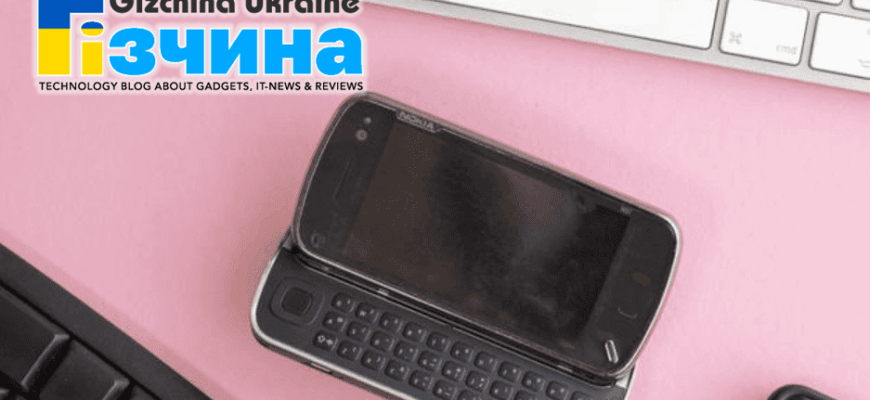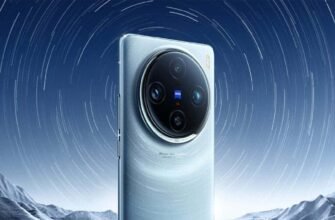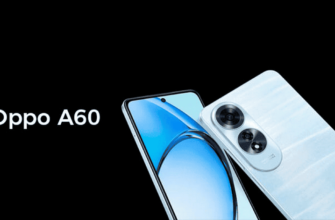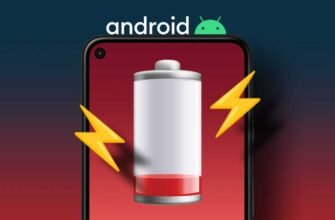The Nokia N97 is a 3G smartphone from 2009 that used the Symbian 9.4 operating system. At that time, the iPhone was rapidly gaining popularity in the smartphone market. Mobile phone industry leader Nokia urgently needed a mobile phone to maintain its position. This task fell on the new Nokia N97. However, this phone was a big disappointment for Nokia. According to Anssi Wanjoki, Nokia's executive vice president of markets, the phone's shipments and revenue were great, but it was "hugely disappointing in terms of the quality of the experience for the consumer and what we didn't expect."
At that time, Nokia was still the industry leader and could only sell mobile phones based on its brand name. In the past, smartphones ran only a few apps and had access to a limited network. Smartphones of the future must face sites similar to PC pages and run applications as complex as desktop computers, far exceeding the hardware and software capabilities of the Nokia platform.

The iPhone made the touch screen popular and the N97 also has a touch screen. The 3,5-inch screen has a video-friendly 16:9 aspect ratio and is larger than that of the Nokia 5800. However, it still uses resistive touch. Compared to capacitive touch, this is always a poor choice. It comes with a much lower sensitivity and no multi-touch support.
If there's one thing Apple has done right, it's two-finger screen zooming. Of course, we can't ignore the iPhone's rich apps. In comparison, the offer from the Symbian system looks like a joke.
Why did the Nokia N97 fail? Three reasons

This is a controversial issue as it doesn't seem to have much to do with the N97 screen, and it's not even caused by clunky Symbian software. This is mainly due to the mentality of Nokia at the time. The N97 was released in mid-2009. Its single-core processor clocked at 434 MHz and had only 128 MB of RAM. After loading the operating system, only about 50 MB of free space remains.
This is not really a key factor, these parameters are the same as the original iPhone. In addition, the N97 also competes with the iPhone 3GS with a 600 MHz processor and 256 MB of RAM.
In fact, mobile phone processors were very weak at the time, and iOS learned multitasking only after many years.
Poor application support

Symbian has supported true multitasking for years, but it runs a relatively simple program that easily adapts to the limited resources available. The thing is, after Apple and Google opened the doors to their app stores, developers quickly turned to creating apps and games for desktop computers, and the N97 couldn't handle such programs.
In addition to the N97's underpowered hardware, a bigger problem may be the lack of a competitive application repository. In June 2009, there were "up to 525 applications" in the Ovi Nokia store. By comparison, Apple issued a press release in November 2009 claiming that the App Store could download 100 apps (a few months earlier the App Store had reached 000 billion app downloads). Around the same time, the Android App Store had about 1 apps.
Poor slide design - narrow keyboard

The Nokia N97 features a slide-out design with a three-row QWERTY keyboard displayed below the display. It was an advantage at the time, but it was just another manifestation of Nokia's outdated ideas. As input methods improved, touchscreen keyboards became more accurate and soon eclipsed physical keyboards.
The touch screen even broke the record for typing speed. Last year, the average typing speed on smartphones was 38 words per minute, while the average typing speed on a full-size PC keyboard was 52 words per minute. The N97's narrow keyboard will never be able to achieve that speed.
While there are still people who miss the QWERTY keyboard, it's the user choice of yesterday.
A question of quality

At first glance, the Nokia N97 has an advantage. It comes with 32GB of built-in storage and a MicroSD slot. It also has stereo speakers, a 3,5mm headphone jack and even supports FM, so users can enjoy multimedia anytime, anywhere. The maximum storage capacity of the iPhone during the same period was 16 GB, the same as the original Galaxy S, released the following year. Nokia also equipped its mobile phone with a 5-megapixel camera with Carl Zeiss optics and supported 480p video recording at 30 frames per second. Image quality for photos and videos is also very good, much better than the 3MP lens on the iPhone 3GS.
It is thanks to this beautiful equipment that sales of Nokia N97 reached 2 million in the first three months. However, problems with the quality of the software and hardware development process have disappointed consumers.
Visnovok

After the huge disappointment of the Nokia N97, there was no way back to Nokia. However, the company started some big changes when it switched completely to Microsoft's Windows Phone. On the positive side, the WP7 system requires a hardware platform that is more advanced than the hardware platform running Symbian at the time. On the negative side, she was also terrible. WP7 was late and incomplete.
Because of this, Nokia's attempt to catch up with its competitors failed. The main reason was that the huge at that time battleship did not have time to turn around and even less time to build a new ship next to the already burning ship.
The lack of development of the Symbian system is the key to the downfall of Nokia. The transition to Windows did not bring much benefit to the company. We have seen so many operating systems fail due to poor application support. If a mobile phone brand relies on a sinking operating system, it will likely sink with the system.




